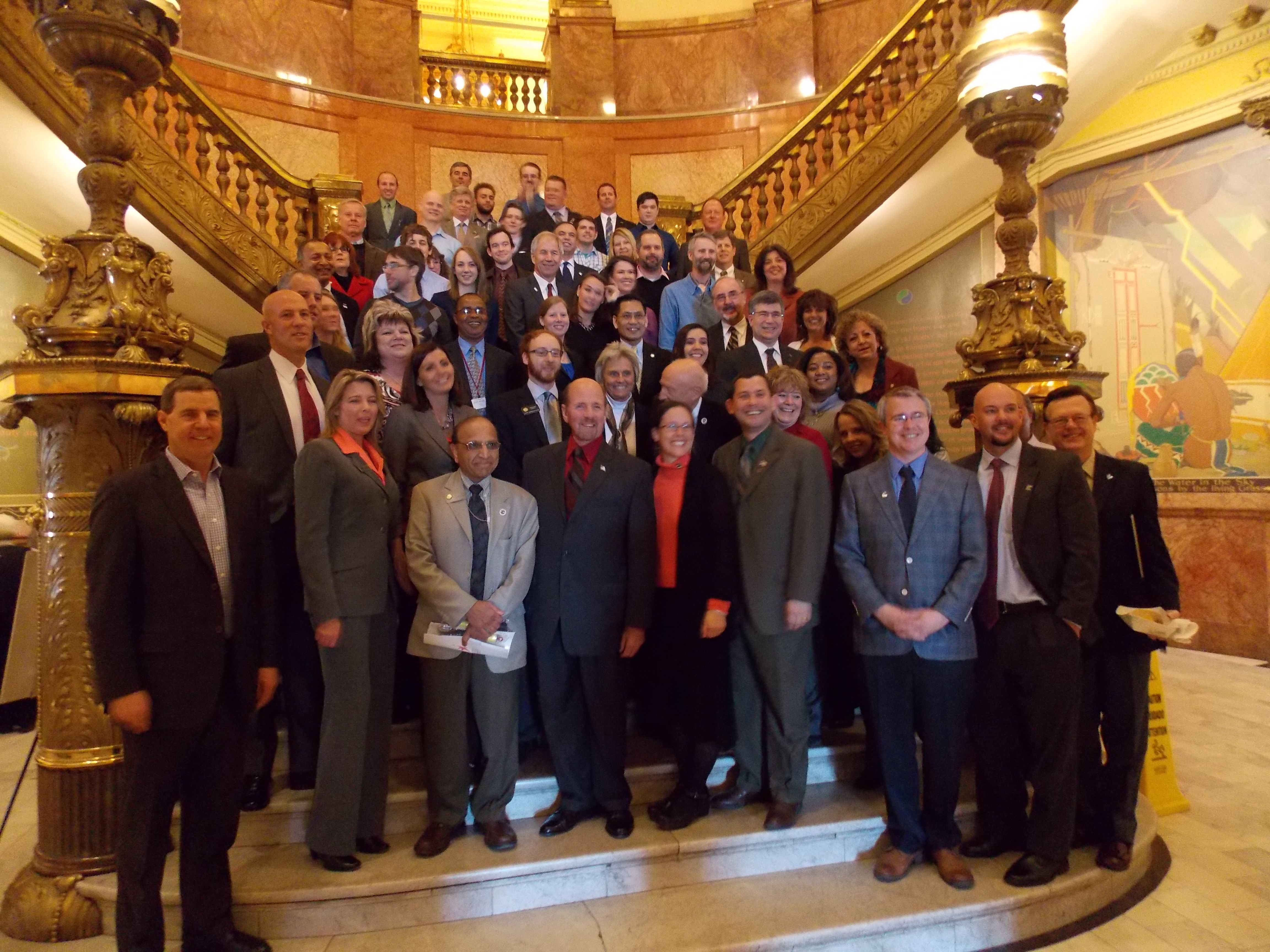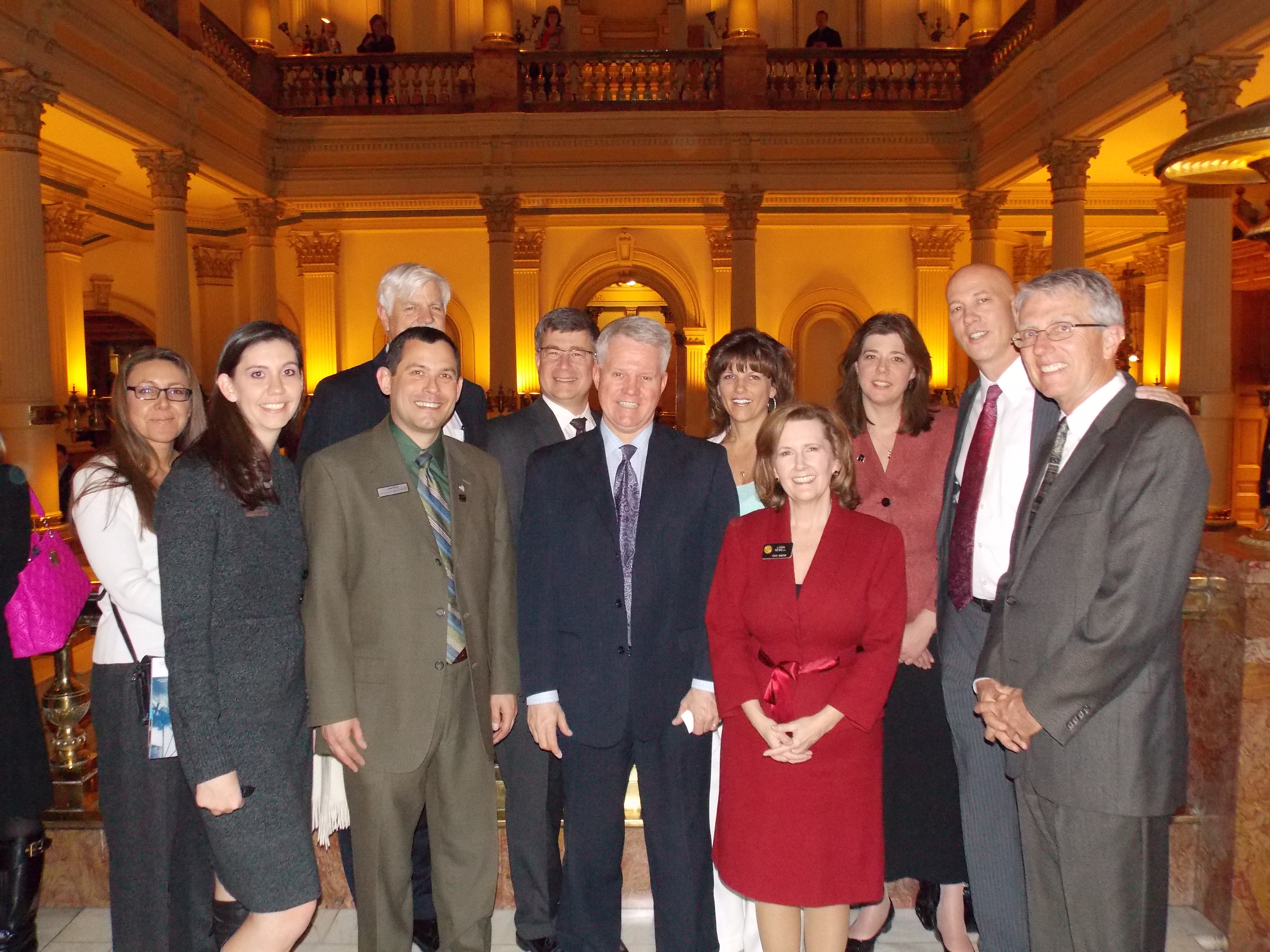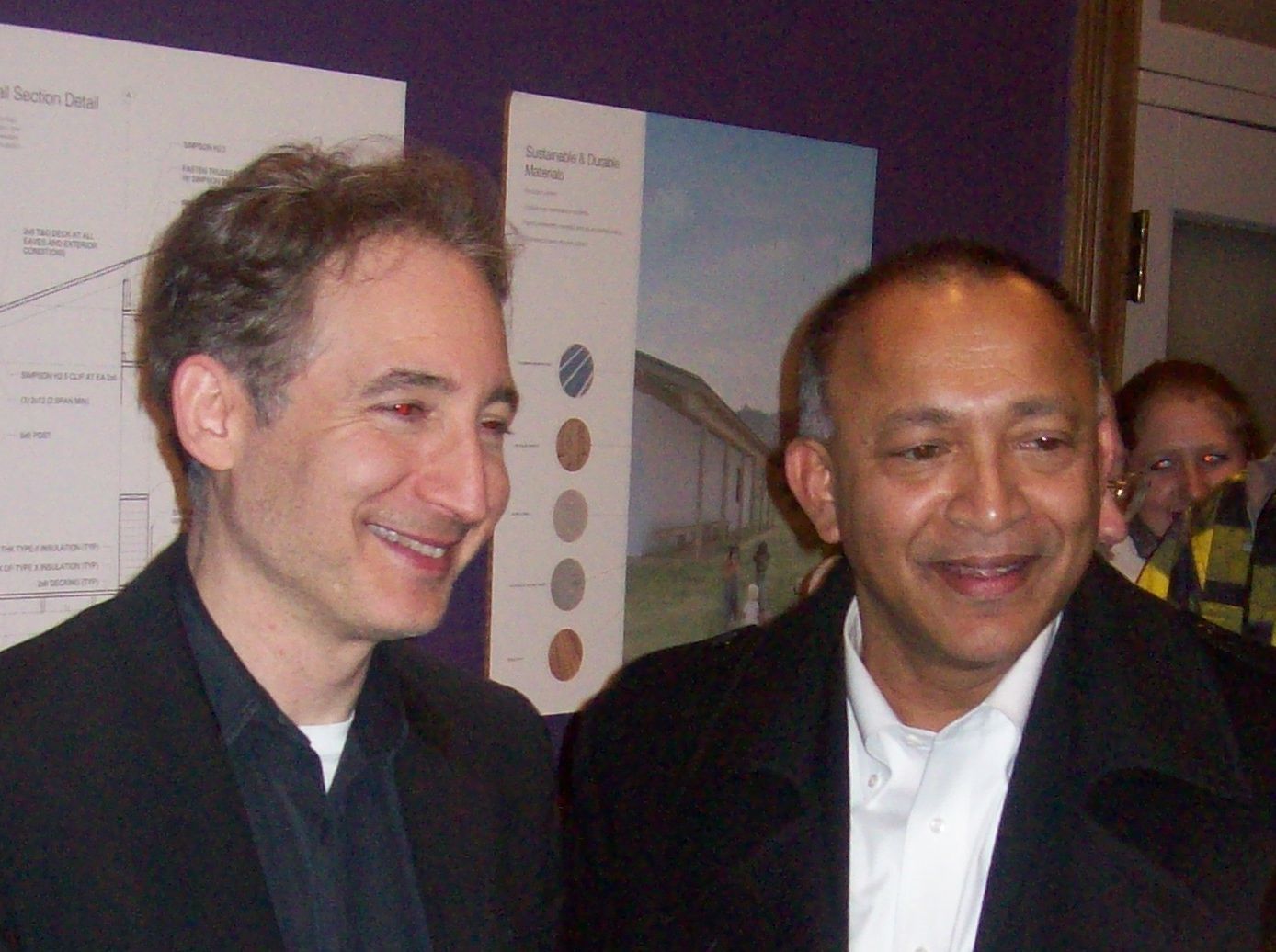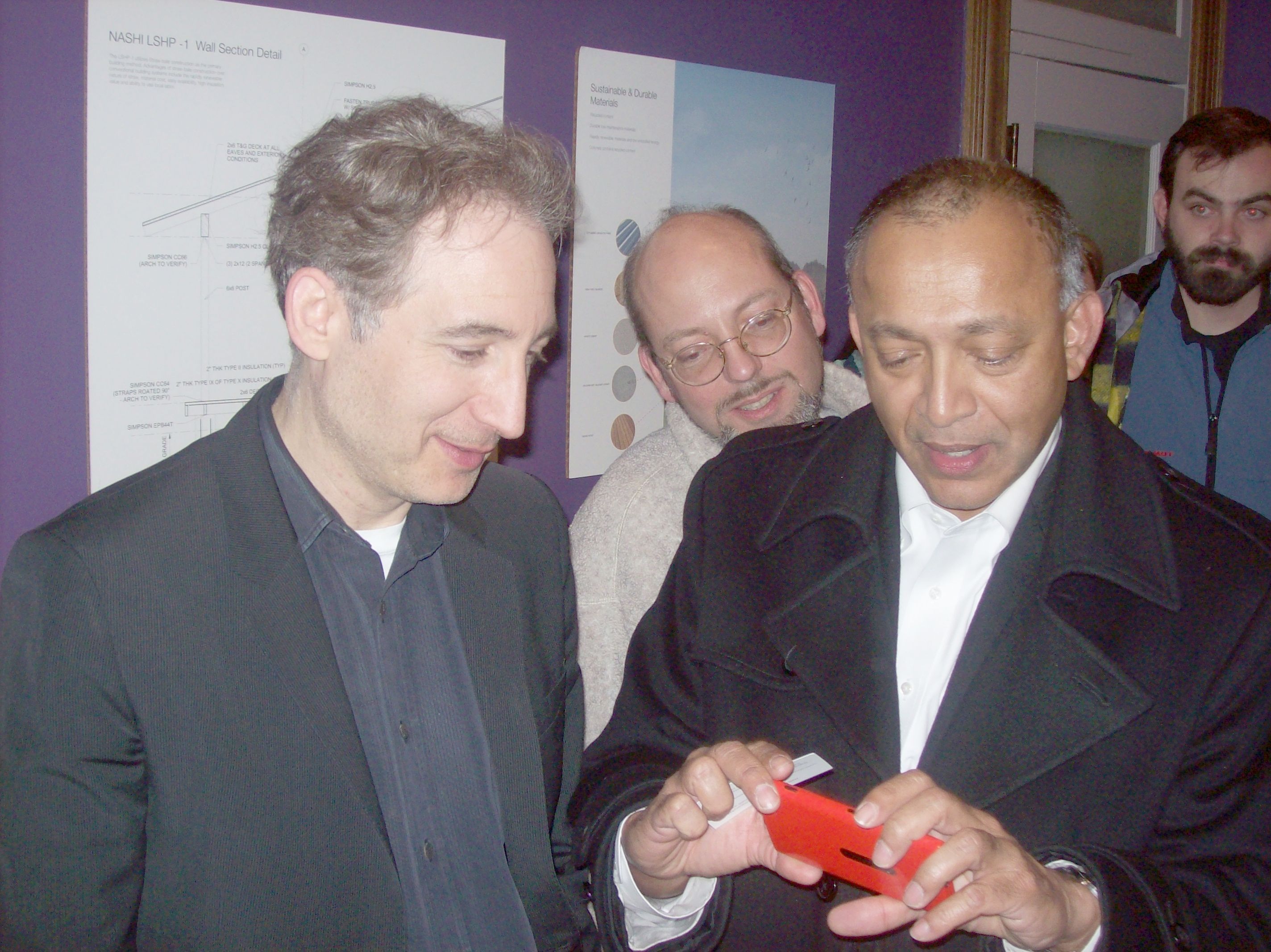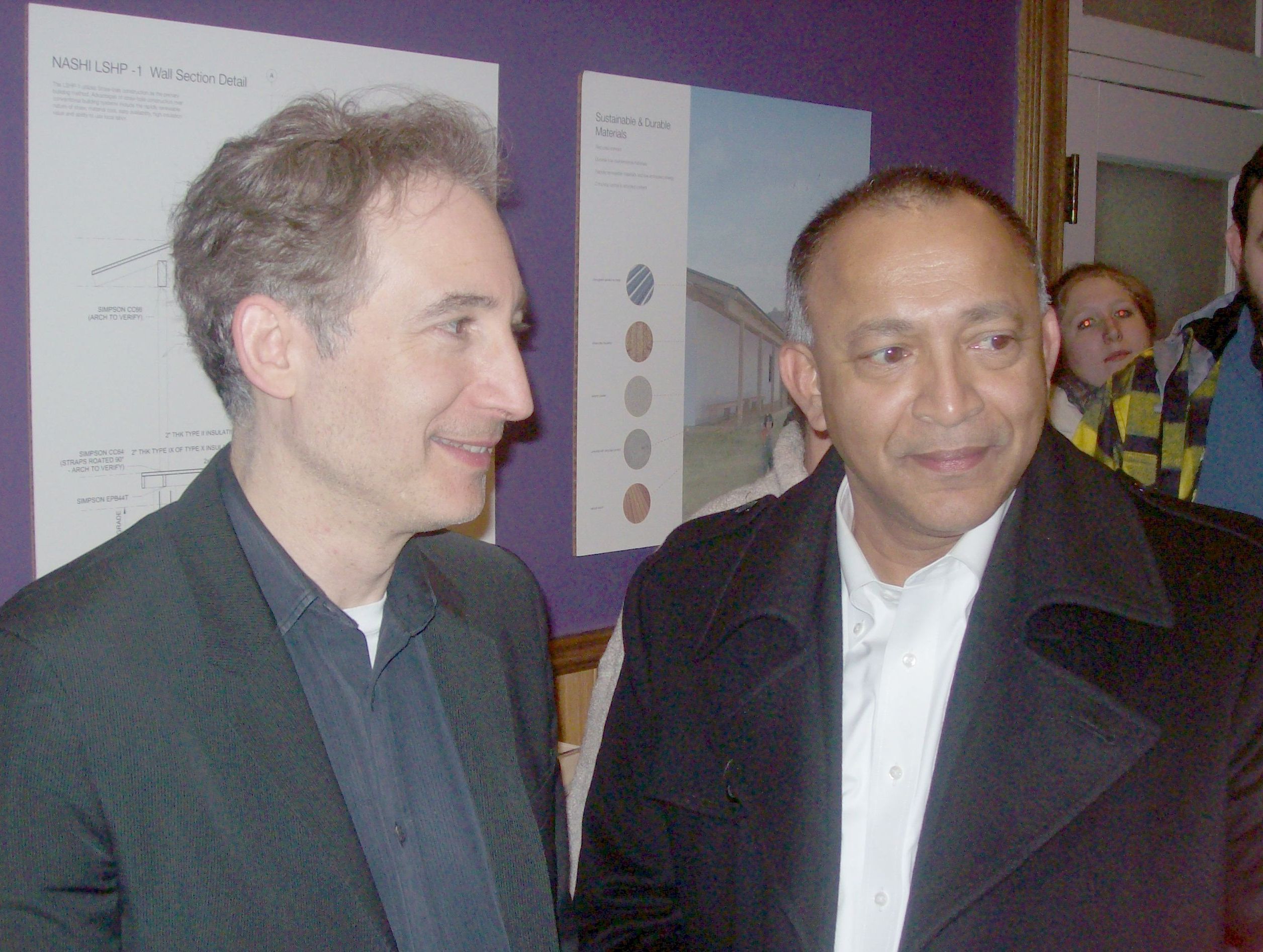Immortal Life has complied an edited volume of essays, arguments, and debates about Immortalism titled Human Destiny is to Eliminate Death from many esteemed ImmortalLife.info Authors (a good number of whom are also Lifeboat Foundation Advisory Board members as well), such as Martine Rothblatt (Ph.D, MBA, J.D.), Marios Kyriazis (MD, MS.c, MI.Biol, C.Biol.), Maria Konovalenko (M.Sc.), Mike Perry (Ph.D), Dick Pelletier, Khannea Suntzu, David Kekich (Founder & CEO of MaxLife Foundation), Hank Pellissier (Founder of Immortal Life), Eric Schulke & Franco Cortese (the previous Managing Directors of Immortal Life), Gennady Stolyarov II, Jason Xu (Director of Longevity Party China and Longevity Party Taiwan), Teresa Belcher, Joern Pallensen and more. The anthology was edited by Immortal Life Founder & Senior Editor, Hank Pellissier.
This one-of-a-kind collection features ten debates that originated at ImmortalLife.info, plus 36 articles, essays and diatribes by many of IL’s contributors, on topics from nutrition to mind-filing, from teleomeres to “Deathism”, from libertarian life-extending suggestions to religion’s role in RLE to immortalism as a human rights issue.
The book is illustrated with famous paintings on the subject of aging and death, by artists such as Goya, Picasso, Cezanne, Dali, and numerous others.
The book was designed by Wendy Stolyarov; edited by Hank Pellissier; published by the Center for Transhumanity. This edited volume is the first in a series of quarterly anthologies planned by Immortal Life
Find it on Amazon HERE and on Smashwords HERE
This Immortal Life Anthology includes essays, articles, rants and debates by and between some of the leading voices in Immortalism, Radical Life-Extension, Superlongevity and Anti-Aging Medicine.
A (Partial) List of the Debaters & Essay Contributors:
Martine Rothblatt Ph.D, MBA, J.D. — inventor of satellite radio, founder of Sirius XM and founder of the Terasem Movement, which promotes technological immortality. Dr. Rothblatt is the author of books on gender freedom (Apartheid of Sex, 1995), genomics (Unzipped Genes, 1997) and xenotransplantation (Your Life or Mine, 2003).
Marios Kyriazis MD, MSc, MIBiol, CBiol. founded the British Longevity Society, was the first to address the free-radical theory of aging in a formal mainstream UK medical journal, has authored dozens of books on life-extension and has discussed indefinite longevity in 700 articles, lectures and media appearances globally.
Maria Konovalenko is a molecular biophysicist and the program coordinator for the Science for Life Extension Foundation. She earned her M.Sc. degree in Molecular Biological Physics at the Moscow Institute of Physics and Technology. She is a co-founder of the International Longevity Alliance.
Jason Xu is the director of Longevity Party China and Longevity Party Taiwan, and he was an intern at SENS.
Mike Perry, PhD. has worked for Alcor since 1989 as Care Services Manager. He has authored or contributed to the automated cooldown and perfusion modeling programs. He is a regular contributor to Alcor newsletters. He has been a member of Alcor since 1984.
David A. Kekich, Founder, President & C.E.O Maximum Life Extension Foundation, works to raise funds for life-extension research. He serves as a Board Member of the American Aging Association, Life Extension Buyers’ Club and Alcor Life Extension Foundation Patient Care Trust Fund. He authored Smart, Strong and Sexy at 100?, a how-to book for extreme life extension.
Eric Schulke is the founder of the Movement for Indefinite Life Extension (MILE). He was a Director, Teams Coordinator and ran Marketing & Outreach at the Immortality Institute, now known as Longecity, for 4 years. He is the Co-Managing Director of Immortal Life.
Hank Pellissier is the Founder & Senior Editor of ImmortaLife.info. Previously, he was the founder/director of Transhumanity.net. Before that, he was Managing Director of the Institute for Ethics and Emerging Technology (ieet.org). He’s written over 120 futurist articles for IEET, Hplusmagazine.com, Transhumanity.net, ImmortalLife.info and the World Future Society.
Franco Cortese is on the Advisory Board for Lifeboat Foundation on their Scientific Advisory Board (Life-Extension Sub-Board) and their Futurism Board. He is the Co-Managing Director alongside of Immortal Life and a Staff Editor for Transhumanity. He has written over 40 futurist articles and essays for H+ Magazine, The Institute for Ethics & Emerging Technologies, Immortal Life, Transhumanity and The Rational Argumentator.
Gennady Stolyarov II is a Staff Editor for Transhumanity, Contributor to Enter Stage Right, Le Quebecois Libre, Rebirth of Reason, Ludwig von Mises Institute, Senior Writer for The Liberal Institute, and Editor-in-Chief of The Rational Argumentator.
Brandon King is Co-Director of the United States Longevity Party.
Khannea Suntzu is a transhumanist and virtual activist, and has been covered in articles in Le Monde, CGW and Forbes.
Teresa Belcher is an author, blogger, Buddhist, consultant for anti-aging, life extension, healthy life style and happiness, and owner of Anti-Aging Insights.
Dick Pelletier is a weekly columnist who writes about future science and technologies for numerous publications.
Joern Pallensen has written articles for Transhumanity and the Institute for Ethics and Emerging Technologies.
CONTENTS:
Editor’s Introduction
DEBATES
1. In The Future, With Immortality, Will There Still Be Children?
2. Will Religions promising “Heaven” just Vanish, when Immortality on Earth is attained?
3. In the Future when Humans are Immortal — what will happen to Marriage?
4. Will Immortality Change Prison Sentences? Will Execution and Life-Behind-Bars be… Too Sadistic?
5. Will Government Funding End Death, or will it be Attained by Private Investment?
6. Will “Meatbag” Bodies ever be Immortal? Is “Cyborgization” the only Logical Path?
7. When Immortality is Attained, will People be More — or Less — Interested in Sex?
8. Should Foes of Immortality be Ridiculed as “Deathists” and “Suicidalists”?
9. What’s the Best Strategy to Achieve Indefinite Life Extension?
ESSAYS
1. Maria Konovalenko:
I am an “Aging Fighter” Because Life is the Main Human Right, Demand, and Desire
2. Mike Perry:
Deconstructing Deathism — Answering Objections to Immortality
3. David A. Kekich:
How Old Are You Now?
4. David A. Kekich:
Live Long… and the World Prospers
5. David A. Kekich:
107,000,000,000 — what does this number signify?
6. Franco Cortese:
Religion vs. Radical Longevity: Belief in Heaven is the Biggest Barrier to Eternal Life?!
7. Dick Pelletier:
Stem Cells and Bioprinters Take Aim at Heart Disease, Cancer, Aging
8. Dick Pelletier:
Nanotech to Eliminate Disease, Old Age; Even Poverty
9. Dick Pelletier:
Indefinite Lifespan Possible in 20 Years, Expert Predicts
10. Dick Pelletier:
End of Aging: Life in a World where People no longer Grow Old and Die
11. Eric Schulke:
We Owe Pursuit of Indefinite Life Extension to Our Ancestors
12. Eric Schulke:
Radical Life Extension and the Spirit at the core of a Human Rights Movement
13. Eric Schulke:
MILE: Guide to the Movement for Indefinite Life Extension
14. Gennady Stolyarov II:
The Real War and Why Inter-Human Wars Are a Distraction
15. Gennady Stolyarov II:
The Breakthrough Prize in Life Sciences — turning the tide for life extension
16. Gennady Stolyarov II:
Six Libertarian Reforms to Accelerate Life Extension
17. Hank Pellissier:
Wake Up, Deathists! — You DO Want to LIVE for 10,000 Years!
18. Hank Pellissier:
Top 12 Towns for a Healthy Long Life
19. Hank Pellissier:
This list of 30 Billionaires — Which One Will End Aging and Death?
20. Hank Pellissier:
People Who Don’t Want to Live Forever are Just “Suicidal”
21. Hank Pellissier:
Eluding the Grim Reaper with 23andMe.com
22. Hank Pellissier:
Sixty Years Old — is my future short and messy, or long and glorious?
23. Jason Xu:
The Unstoppable Longevity Virus
24. Joern Pallensen:
Vegetarians Live Longer, Happier Lives
25. Franco Cortese:
Killing Deathist Cliches: Death to “Death-Gives-Meaning-to-Life”
26. Marios Kyriazis:
Environmental Enrichment — Practical Steps Towards Indefinite Lifespans
27. Khannea Suntzu:
Living Forever — the Biggest Fear in the most Audacious Hope
28. Martine Rothblatt:
What is Techno-Immortality?
29. Teresa Belcher:
Top Ten Anti-Aging Supplements
30. Teresa Belcher:
Keep Your Brain Young! — tips on maintaining healthy cognitive function
31. Teresa Belcher:
Anti-Aging Exercise, Diet, and Lifestyle Tips
32. Teresa Belcher:
How Engineered Stem Cells May Enable Youthful Immortality
33. Teresa Belcher:
Nanomedicine — an Introductory Explanation
34. Rich Lee:
“If Eternal Life is a Medical Possibility, I Will Have It Because I Am A Tech Pirate”
35. Franco Cortese:
Morality ==> Immortality
36. Franco Cortese:
Longer Life or Limitless Life?









